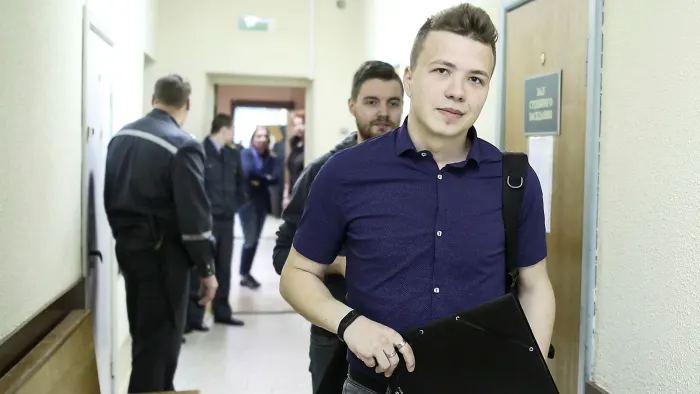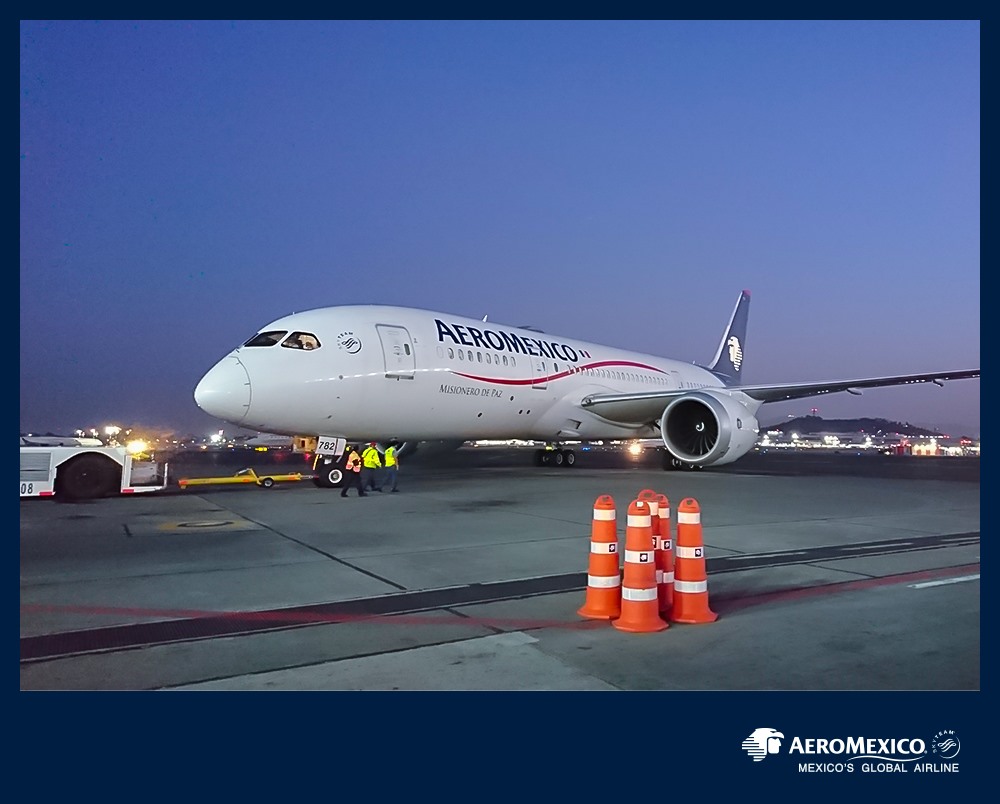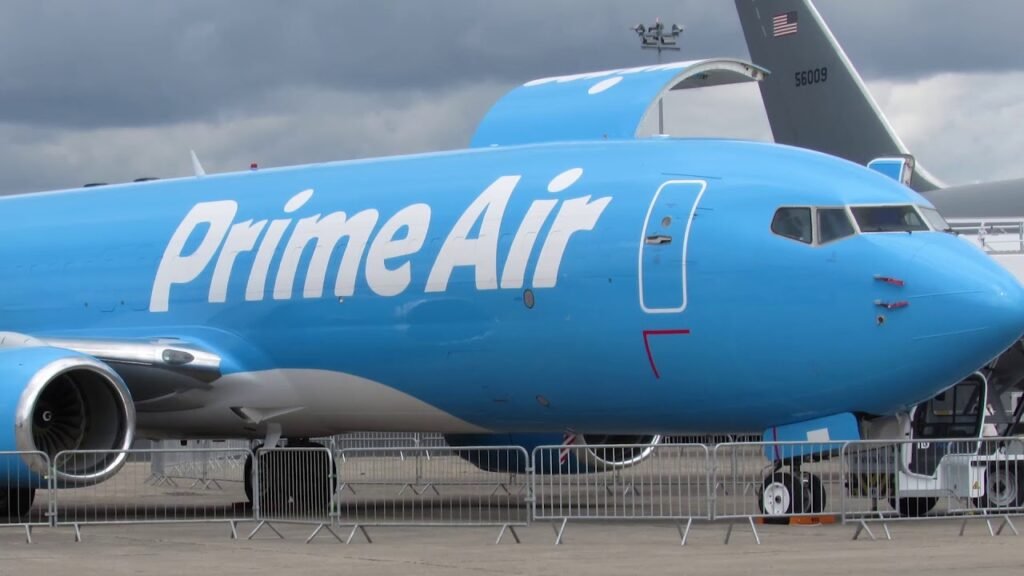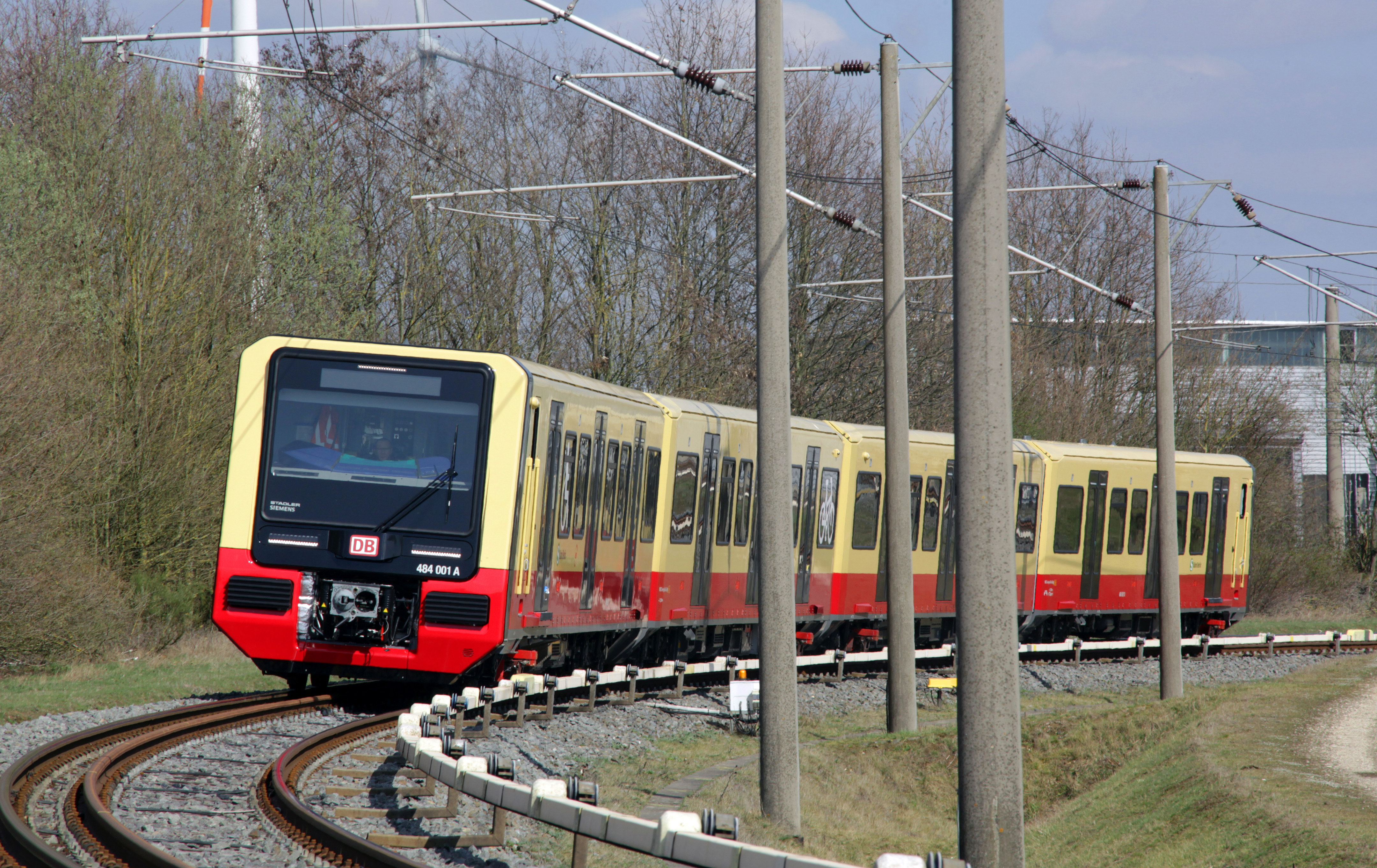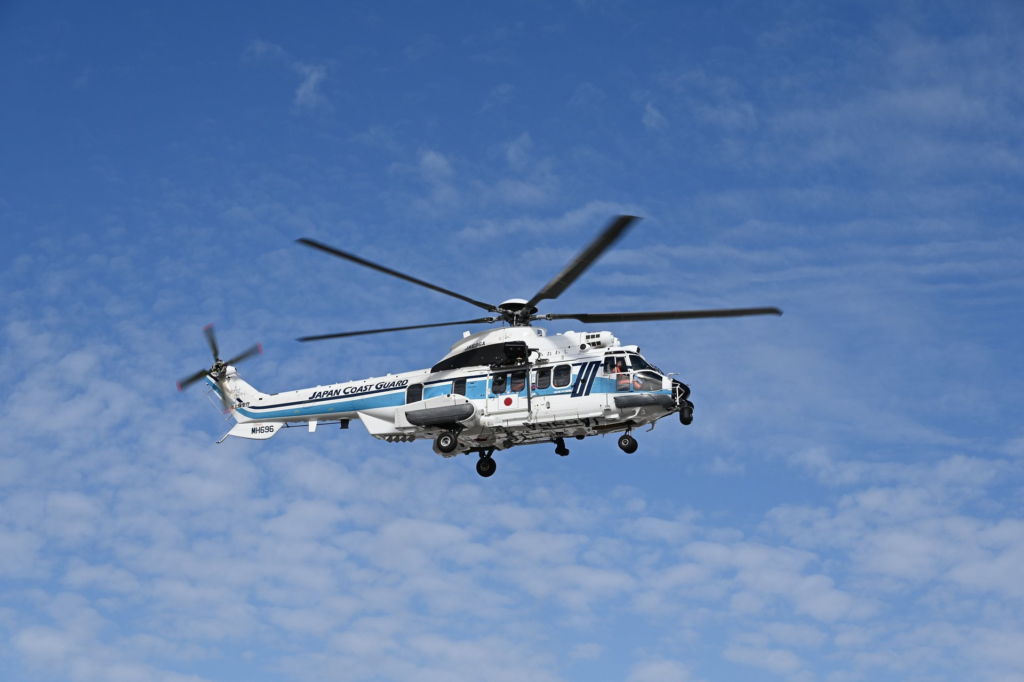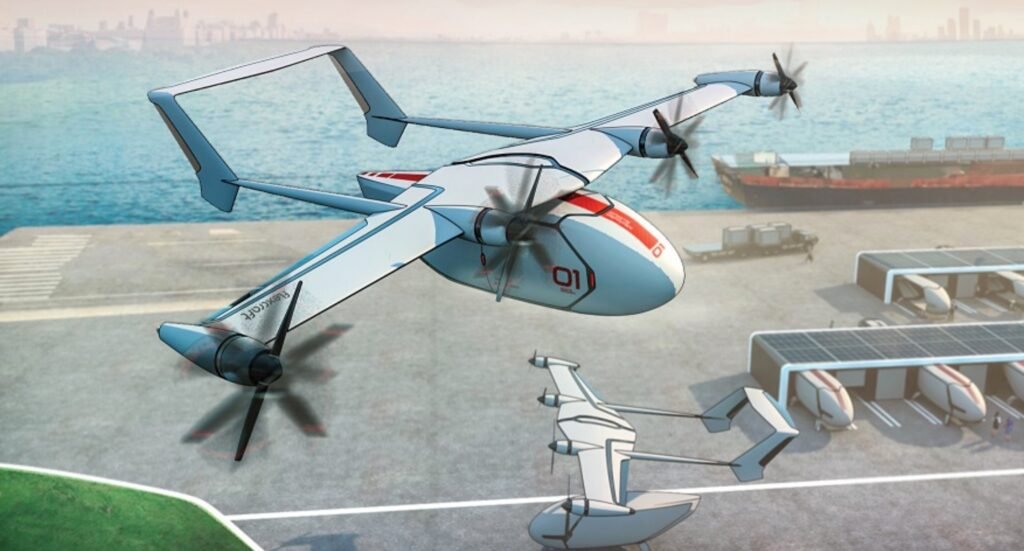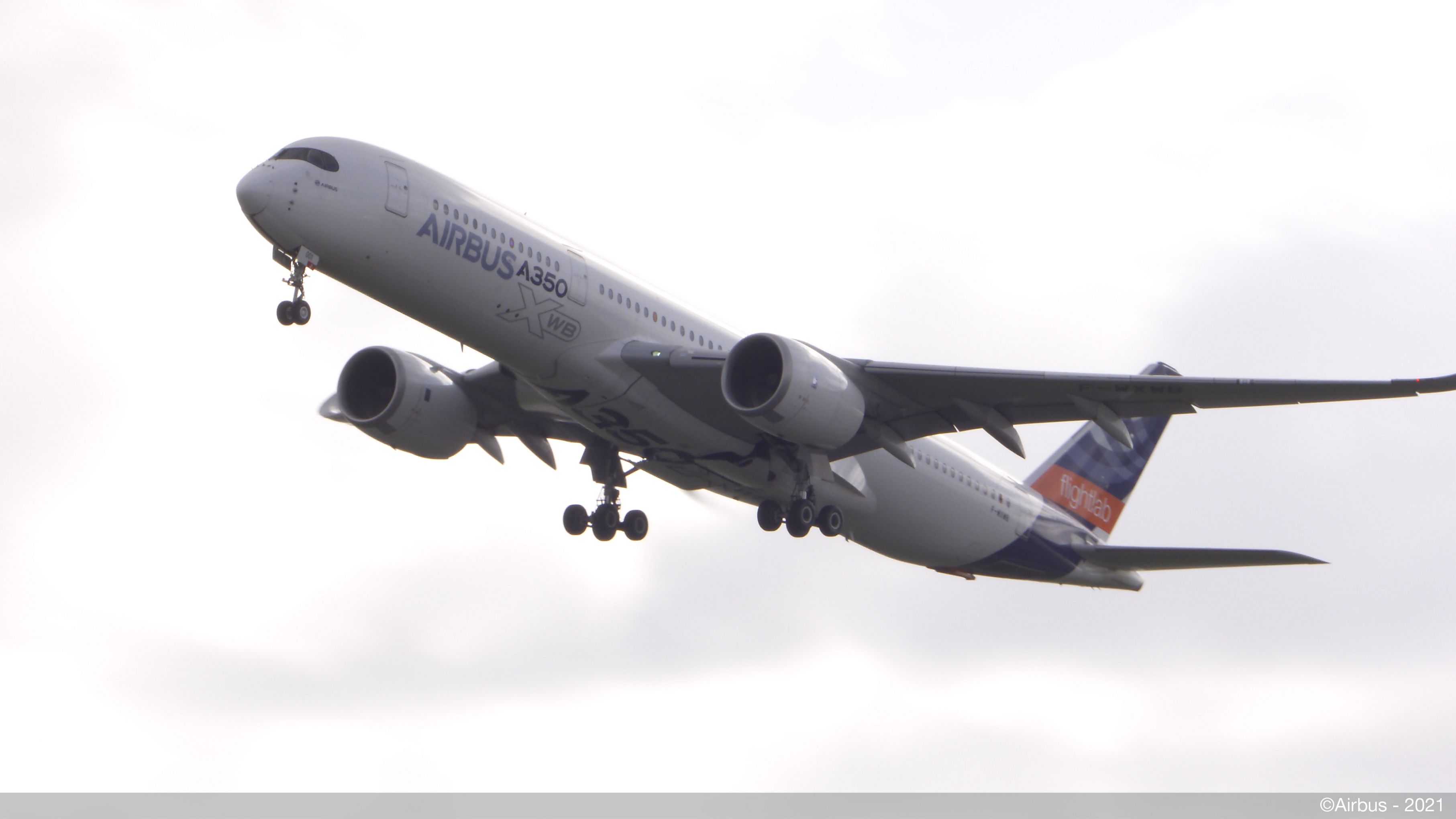Embraer Celebrates London City Airport Clearance for E190-E2
In an important milestone for the E2 programme, the first of Embraer’s E2 family, the E190-E2, has been certified for Steep Approach; a requirement to operate at London City Airport (LCY). EASA (European Aviation Safety…

